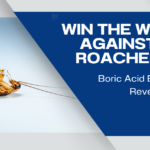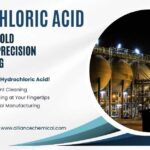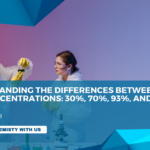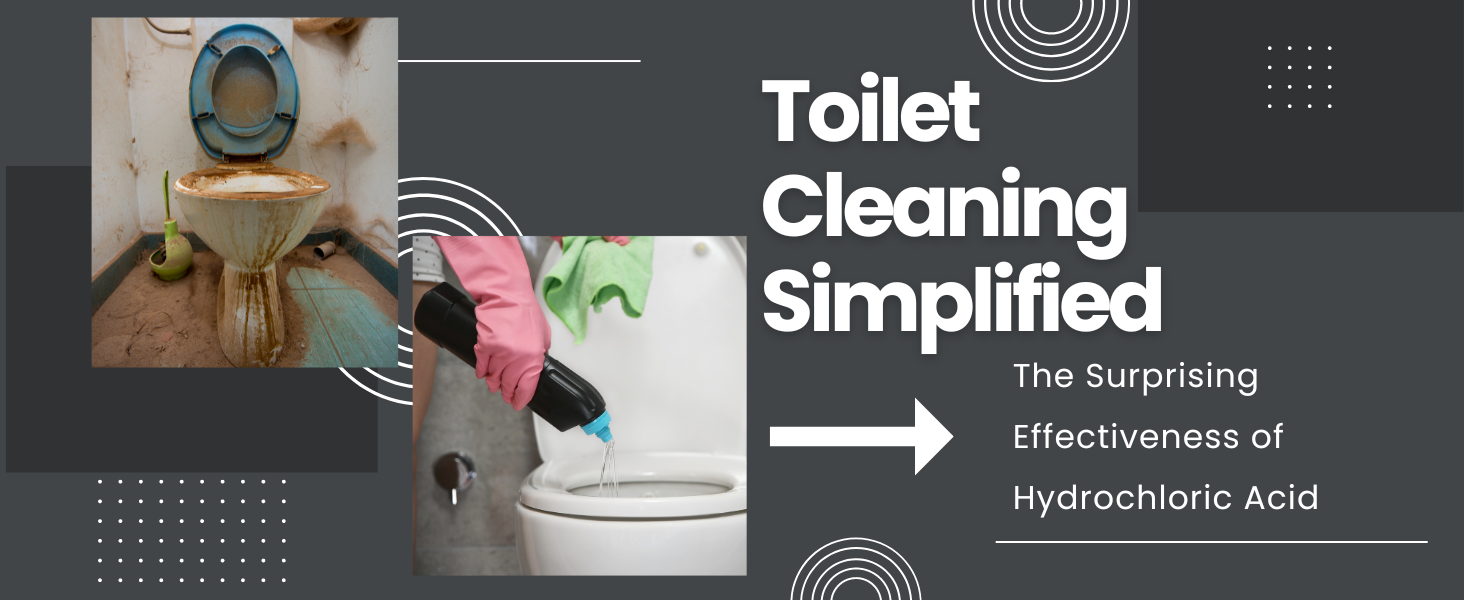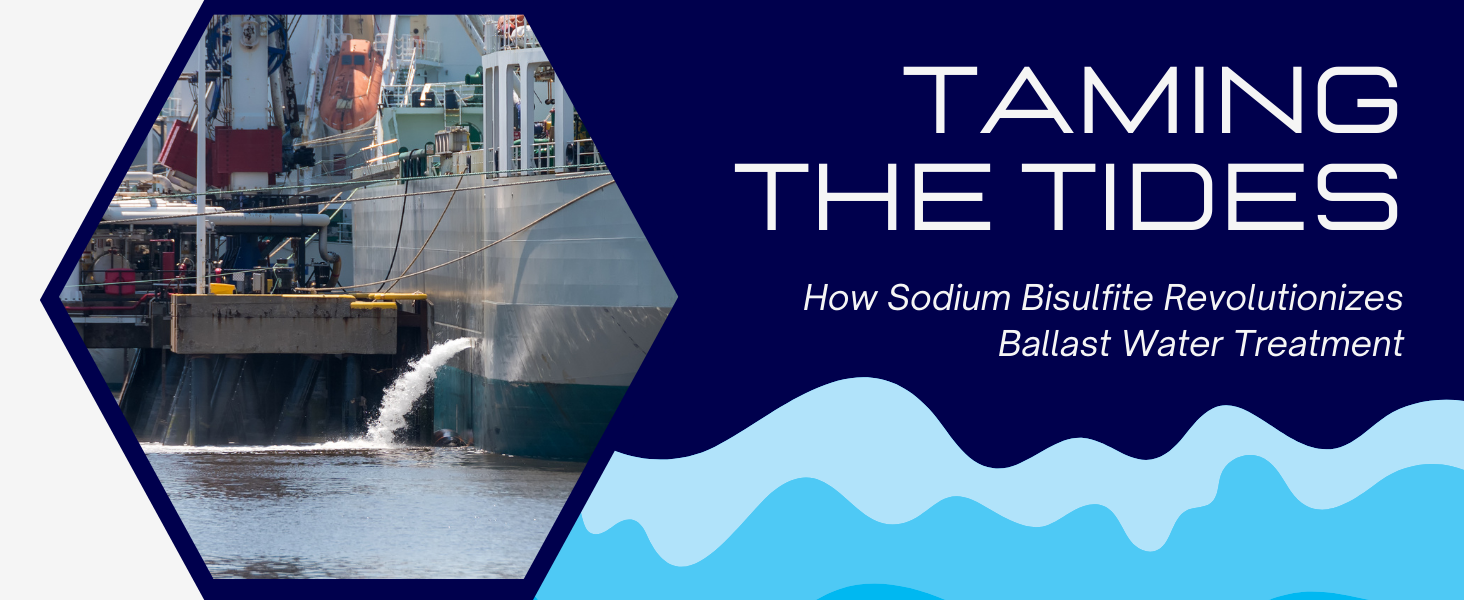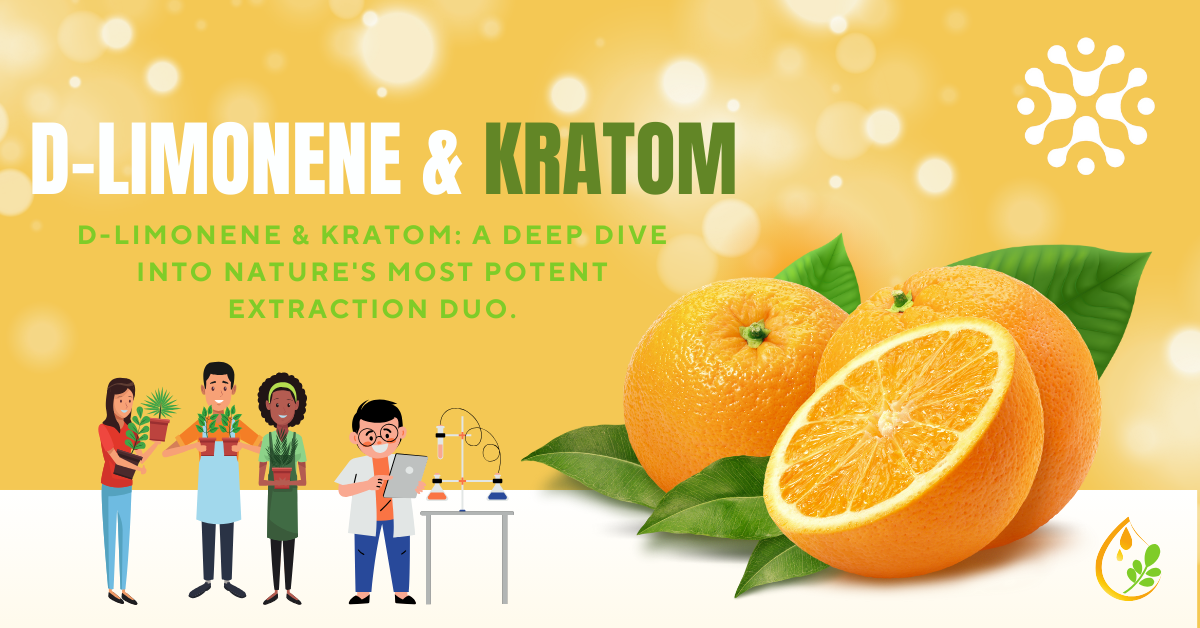
D-Limonene & Kratom: A Deep Dive into Nature’s Most Potent Extraction Duo
Introduction to Extraction Solvents
Welcome to the intricate world of extraction solvents, a critical component in the field of chemistry and manufacturing. Solvents are the unsung heroes that make the extraction of valuable compounds possible, playing a pivotal role in everything from pharmaceutical production to the creation of natural health supplements. This guide is designed to enlighten you on the various aspects and importance of solvents in extraction processes.
The journey of understanding extraction solvents begins with their basic chemistry and physical properties. Solvents can be polar, non-polar, or somewhere in between, each type interacting differently with various substances. Polar solvents, like water, are excellent at dissolving ionic and polar compounds, whereas non-polar solvents, such as D-Limonene, are more suited for oils and hydrophobic substances. The choice of solvent directly influences the efficiency, specificity, and purity of the extraction process.
Furthermore, the environmental and safety aspects of solvent usage cannot be overstated. We’ll delve into how the volatility, toxicity, and flammability of different solvents affect both the user’s safety and the environment. Understanding these factors is crucial for selecting a solvent that not only performs well but also aligns with sustainable and safe practices.
In addition to D-Limonene, we’ll explore the roles of Acetic Acid and Isopropyl Alcohol in extraction. Acetic acid, with its ability to donate protons, is a versatile solvent that can modify the pH of a solution and enhance the extraction of certain compounds. Isopropyl alcohol, known for its quick evaporation and ability to dissolve a wide range of substances, is another popular choice in many extraction scenarios. Both of these solvents, along with D-Limonene, are essential tools in the chemist’s arsenal. Learn more about our Acetic Acid and Isopropyl Alcohol options.
This section not only provides a foundational understanding of solvents but also prepares you to make informed decisions in your extraction processes. We’ll provide insights into the latest trends and innovations in solvent technology, ensuring you’re equipped with the knowledge to choose the best solvent for your specific needs. Whether you’re a seasoned chemist or new to the field, understanding the power and subtleties of these solvents is the first step in mastering the art of extraction.
D-Limonene: Overview and Applications
D-Limonene is not just a common solvent; it’s a versatile, naturally derived compound with a wide range of applications in industries from cleaning products to food and beverage. Extracted mainly from the oils of citrus fruits, this organic solvent is celebrated for its effectiveness and eco-friendly profile.
Chemically known as a monoterpene, D-Limonene is one of the most common terpenes in nature. Its distinct citrus aroma is not only pleasant but also signifies its potent properties. As a solvent, D-Limonene is particularly effective in dissolving oils and fats, making it ideal for applications ranging from industrial cleaning agents to natural insect repellents and even in aromatherapy.
In the realm of extraction, D-Limonene is especially valued for its ability to extract botanical compounds without the harsh environmental impact associated with some synthetic solvents. Its efficacy in isolating specific compounds from plants makes it a preferred choice for both large-scale manufacturers and individual practitioners seeking more sustainable methods.
But D-Limonene’s benefits don’t stop at its extraction capabilities. It’s also used in the formulation of various personal care products, including cosmetics and skincare items, thanks to its natural origin and pleasant scent. Additionally, its role in the food industry as a flavoring agent highlights its versatility and safety.
Understanding the full scope of D-Limonene’s applications and how it can benefit your extraction process is crucial. Whether you’re looking to enhance the efficiency of your operations or seeking a more sustainable alternative to traditional solvents, D-Limonene offers a compelling solution. Discover more about our D-Limonene product and how it can transform your extraction processes and product formulations.
-
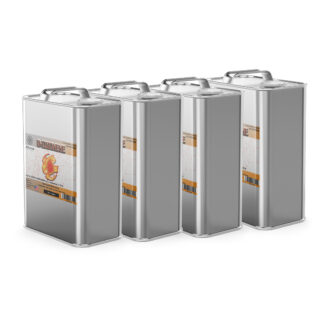 D-Limonene Food Grade$43.00 – $11,800.00
D-Limonene Food Grade$43.00 – $11,800.00
Complementing D-Limonene: The Role of Acetic Acid in Extraction
While D-Limonene is our primary focus for kratom extraction, understanding the role of acetic acid can provide a more comprehensive view of the solvent options available. Acetic acid, known for its versatility, can sometimes complement or serve as an alternative to D-Limonene in specific extraction scenarios.
Acetic acid is particularly effective in extracting certain types of alkaloids from plant materials. When used in conjunction with D-Limonene, it can help in adjusting the pH levels of the solution, potentially increasing the efficiency of the extraction process. In some cases, acetic acid might be used in a sequential extraction process following D-Limonene to ensure a broader range of compounds is extracted.
However, it’s essential to understand that while D-Limonene is celebrated for its mild and natural profile, acetic acid is a more potent chemical. It requires careful handling and consideration of safety measures, especially in its concentrated form. Its sharp odor and corrosive nature necessitate the use of personal protective equipment (PPE) and proper ventilation when handling.
Choosing between D-Limonene, acetic acid, or a combination of both depends on the specific requirements of your extraction process, the compounds you aim to extract, and the safety protocols you can implement. It’s always recommended to consult with a professional to determine the most suitable approach for your needs.
Understanding the complementary roles of different solvents can significantly enhance your extraction outcomes. While D-Limonene may be the star in many scenarios, don’t overlook the potential benefits and applications of acetic acid in your processes. Explore our range of acetic acid products to find the perfect fit for your extraction requirements: Acetic Acid Glacial 99% ACS and Acetic Acid Glacial Technical.
-
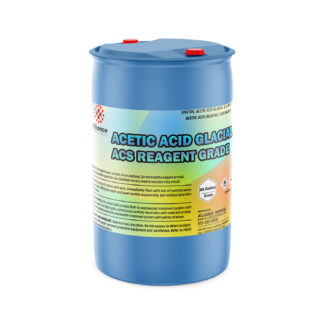 Acetic Acid Glacial 99% ACS Grade$27.00 – $8,100.00
Acetic Acid Glacial 99% ACS Grade$27.00 – $8,100.00 -
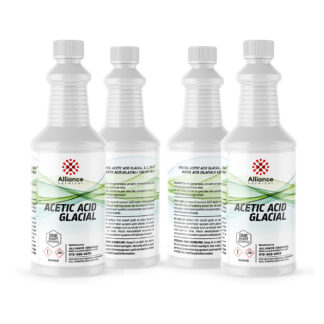 Acetic Acid Glacial Technical$25.00 – $6,075.00
Acetic Acid Glacial Technical$25.00 – $6,075.00
Isopropyl Alcohol in Extraction: Versatility and Applications
Isopropyl alcohol, also known as IPA or isopropanol, is a widely used solvent in the world of extraction due to its excellent solvency properties. As a secondary alcohol, isopropyl alcohol is particularly effective in dissolving a wide range of non-polar compounds, making it invaluable in various extraction scenarios where D-Limonene might also be considered.
One of the key advantages of isopropyl alcohol is its quick evaporation rate, which leaves behind minimal residue. This makes it an ideal solvent for processes where a clean, residue-free result is desired. In the context of kratom extraction, IPA can be used to extract specific alkaloids effectively, and when used in conjunction with D-Limonene, it can provide a more comprehensive extraction profile.
Isopropyl alcohol’s versatility extends beyond simple extractions. It’s also used in the purification and finishing stages of many processes, where its ability to evaporate quickly ensures a clean end product. However, similar to acetic acid, IPA requires careful handling due to its flammability and potential health impacts if inhaled or contacted with skin.
When considering the use of isopropyl alcohol in your extraction process, it’s crucial to understand both its strengths and the necessary safety precautions. It’s a powerful solvent that, when used correctly, can significantly enhance the efficiency and efficacy of your extractions. For those looking to explore the use of isopropyl alcohol, we provide options that cater to various needs and scales of operation. Discover more about our Isopropyl Alcohol 99.9% ACS and Isopropyl Alcohol 99% products.
-
 Isopropyl Alcohol 99.9% ACS Reagent Grade$22.00 – $3,600.00
Isopropyl Alcohol 99.9% ACS Reagent Grade$22.00 – $3,600.00 -
 Isopropyl Alcohol 70% USP Grade$25.00 – $3,700.00
Isopropyl Alcohol 70% USP Grade$25.00 – $3,700.00 -
 Isopropyl Alcohol 91%$21.00 – $3,300.00
Isopropyl Alcohol 91%$21.00 – $3,300.00 -
 Isopropyl Alcohol 99%$19.00 – $3,500.00
Isopropyl Alcohol 99%$19.00 – $3,500.00
Comparing Solvents: D-Limonene, Acetic Acid, and Isopropyl Alcohol
In the realm of extraction, choosing the right solvent is paramount to achieving desired outcomes. D-Limonene, acetic acid, and isopropyl alcohol each bring unique properties and applications to the table. Understanding their differences and how they can complement each other is key to optimizing your extraction process.
D-Limonene is celebrated for its natural origin and eco-friendly profile. It’s particularly effective in dissolving non-polar compounds and is often preferred for its mildness and pleasant citrus scent. Its use is widespread in industries requiring natural and sustainable solutions, and it’s particularly noted for its effectiveness in botanical extractions.
Acetic Acid, with its ability to act as a polar solvent, is adept at extracting certain organic acids and alkaloids. It can be used to alter the pH of the extraction medium, which can be crucial for extracting specific compounds. However, its corrosive nature and strong odor mean that it must be handled with care, adhering to strict safety protocols.
Isopropyl Alcohol is known for its versatility and quick evaporation rate. It’s a popular choice for extractions requiring a clean, residue-free finish. While it’s excellent for a wide range of applications, its flammability and potential health risks if improperly handled are important considerations.
When deciding between these solvents, consider the nature of the compound you wish to extract, the scale of your operation, and your environmental and safety requirements. Sometimes, a combination of solvents can be employed to leverage the benefits of each. For instance, a primary extraction with D-Limonene followed by a refinement step using isopropyl alcohol might yield a broader spectrum of compounds.
Each solvent has its place in the extractor’s toolkit, and understanding when and how to use them can greatly enhance the quality and efficiency of your results. As you navigate the complexities of each option, remember that safety and environmental impact should always be at the forefront of your decision-making process.
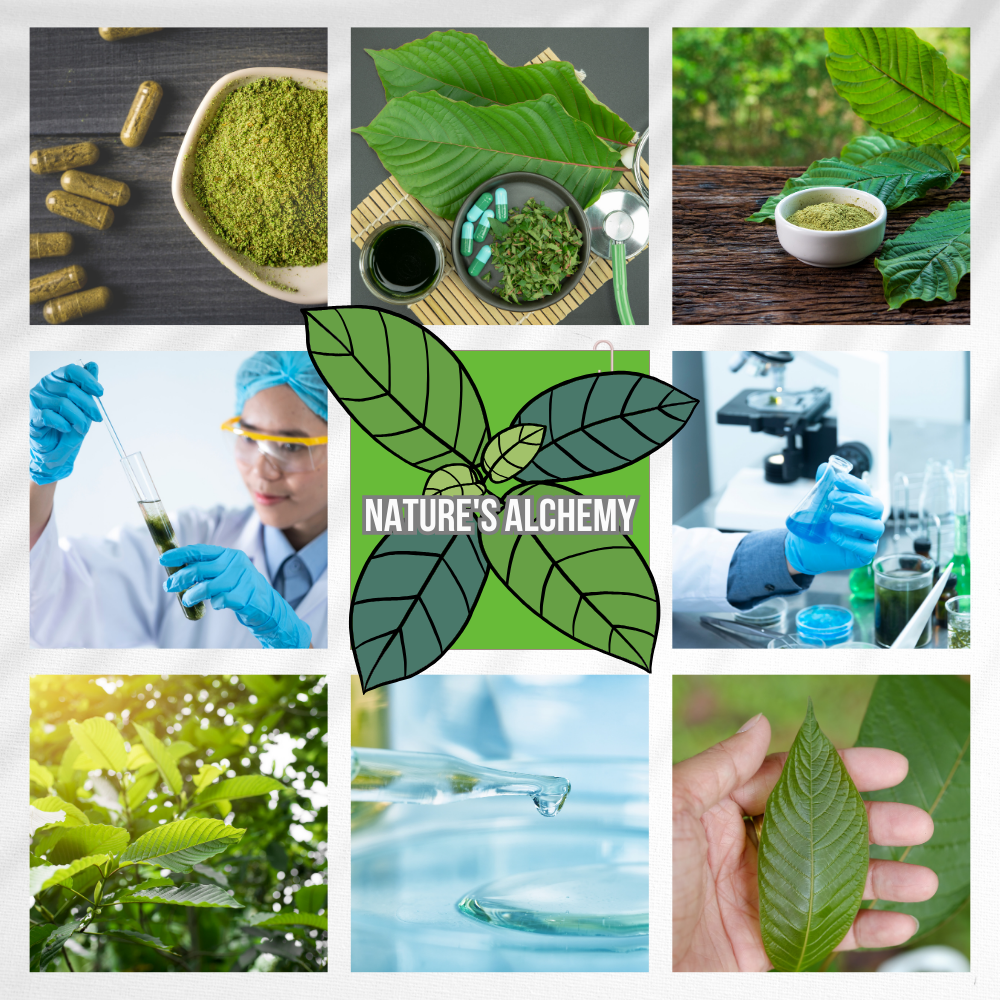
Advanced D-Limonene Extraction of Kratom: Optimizing Purity and Yield
Important Safety and Legal Notice:
This guide is for informational purposes only and should not be considered a comprehensive manual for unsupervised use. Extraction involves complex chemical reactions and potentially hazardous materials, requiring specialized knowledge and strict safety protocols. Prior to attempting any extraction process, consult with a qualified chemist or extraction specialist. Ensure compliance with all local, state, and federal regulations governing the use of chemicals and described extraction methods. Non-compliance could lead to serious injury, legal consequences, or worse.
Explore a refined methodology for extracting the highest purity alkaloids from kratom using D-Limonene. This guide is designed for those seeking detailed understanding and precision in their extraction process.
Materials and Advanced Equipment
- Premium-grade, dried, and finely powdered kratom leaves.
- High-purity D-Limonene, preferably food-grade for safety and quality.
- Precision scale for accurate measurement.
- Borosilicate glass extraction vessels with volume marks.
- Temperature-controlled magnetic stirrer and stir bar.
- Professional-grade separatory funnel.
- Rotary evaporator with a cooling system.
- Comprehensive PPE: Nitrile gloves, safety goggles, and lab coat.
- pH meter and pH adjustment chemicals (if necessary).
Before beginning the extraction process, confirm that all necessary materials and equipment are prepared and available. Proper preparation is essential for a successful and safe extraction outcome.
Preparation and Safety Protocol
Commence by thoroughly cleaning all equipment with isopropyl alcohol and rinsing with distilled water. Calibrate the pH meter and ensure the working area is well-ventilated, ideally under a certified chemical fume hood. Familiarize yourself with the safety data sheets (SDS) for all chemicals involved and confirm the availability of appropriate spill kits and first-aid measures.
Detailed Extraction Procedure
- Quantification: Measure the kratom and D-Limonene accurately based on the desired extraction ratio, often starting from 10:1 solvent to kratom weight for potent extracts.
- Solubilization: Combine the powdered kratom and D-Limonene in the extraction vessel. Start stirring at a controlled temperature (about 30°C) to improve solubility and preserve the integrity of sensitive alkaloids.
- Extended Agitation: Maintain agitation for 4-6 hours. While longer periods may increase yield, monitor the mixture to prevent degradation of target compounds.
- Phase Separation: Transfer the mixture to a separatory funnel and allow resting until clear phase separation occurs, with the alkaloid-rich D-Limonene layer on top.
- Alkaloid Collection: Extract the upper layer carefully, ensuring to avoid emulsions or plant matter. This layer now contains the desired kratom alkaloids.
Purification, Concentration, and Recovery
For additional purity, consider washing with a non-polar solvent to remove impurities such as chlorophyll. Use a rotary evaporator at controlled temperatures to concentrate the extract by removing D-Limonene, thereby obtaining a more concentrated alkaloid product. Ensure efficient condensation and collection of D-Limonene for potential reuse.
Advanced Safety and Handling
Though D-Limonene is relatively safer compared to other solvents, it can still act as a skin irritant and is flammable. Work in a well-ventilated area and adhere to all fire safety protocols. Recognize signs of overexposure and ensure preparedness for handling spills and accidents.
This guide offers an advanced approach to efficient and effective extraction using D-Limonene. Customize the steps based on specific requirements and continually assess quality and yield for optimal results. Remember, professional consultation and strict adherence to safety and legal standards are paramount.
Safety Measures and Best Practices
Ensuring safety is paramount when working with chemical solvents. This section outlines critical safety measures and best practices to follow when handling D-Limonene, acetic acid, and isopropyl alcohol during the extraction process.
General Safety Guidelines
- Personal Protective Equipment (PPE): Always wear appropriate PPE, including gloves, goggles, and lab coats, to protect against chemical exposure.
- Ventilation: Work in a well-ventilated area, preferably under a fume hood, to avoid inhalation of potentially harmful vapors.
- Knowledge of Materials: Understand the properties, hazards, and first-aid measures related to each solvent by reviewing their Safety Data Sheets (SDS).
D-Limonene Specific Measures
- Flammability: Be aware of D-Limonene’s flammability and keep it away from open flames and high heat sources.
- Spill Management: In case of a spill, use appropriate absorbent materials and dispose of waste responsibly, following local regulations.
Acetic Acid Specific Measures
- Corrosive Nature: Due to its corrosive nature, immediately rinse any skin contact areas with plenty of water and seek medical attention if necessary.
- Vapors: Avoid inhaling vapors and ensure containers are tightly closed when not in use to prevent irritation and potential harm.
Isopropyl Alcohol Specific Measures
- Fire Risk: Isopropyl alcohol is highly flammable. Store it in a cool, dry place and away from ignition sources.
- Exposure: Minimize skin contact and inhalation. Use gloves and work in a well-ventilated area to reduce the risk of adverse health effects.
Adhering to these safety measures and best practices will help ensure a secure environment for your extraction processes. Always stay informed about the latest safety protocols and be prepared for emergency situations with proper first-aid and spill response strategies.
Analyzing Benefits vs. Cons of Each Solvent
In the realm of extraction, the choice of solvent plays a pivotal role in determining the efficiency, safety, and environmental impact of the process. A deeper understanding of the benefits and drawbacks of D-Limonene, acetic acid, and isopropyl alcohol is crucial for informed decision-making. This analysis provides a nuanced look at each solvent’s chemical properties, applications, and potential risks.
D-Limonene Benefits and Drawbacks
- Benefits:
- Eco-Friendly Profile: D-Limonene is sourced from renewable citrus rinds, reducing waste and offering a greener alternative to petroleum-based solvents.
- High Solvency for Non-Polar Compounds: Its chemical structure makes it particularly effective at dissolving oils, resins, and other non-polar substances, which is ideal for industries such as flavorings, fragrances, and natural product formulations.
- Low Toxicity: Generally recognized as safe with lower toxicity compared to many other solvents, making it suitable for use in food and cosmetic products.
- Drawbacks:
- Flammability: As an organic solvent, D-Limonene is flammable, requiring stringent storage and handling protocols to prevent fire hazards.
- Limited Solubility Range: While excellent for non-polar compounds, it’s less effective for polar substances, which might necessitate the use of additional solvents for comprehensive extraction.
- Reactivity with Air: Can oxidize over time when exposed to air, potentially forming peroxides or other reactive compounds.
Acetic Acid Benefits and Drawbacks
- Benefits:
- Strong Solvent and pH Modifier: Its acidic nature makes it effective in extracting specific organic acids and alkaloids, and it can be used to adjust the pH of a solution to improve extraction efficiency for certain compounds.
- Wide Range of Applications: Beyond extraction, it’s used in the synthesis of various chemicals and as a food preservative, showcasing its versatility.
- Readily Biodegradable: Acetic acid breaks down quickly in the environment, posing less long-term pollution risks than some synthetic chemicals.
- Drawbacks:
- Corrosive Nature: Can cause severe burns to skin and mucous membranes, necessitating rigorous safety measures and equipment.
- Pungent Odor: The strong vinegar-like smell can be unpleasant and irritating, requiring adequate ventilation in workspaces.
- Environmental Acidity: If not disposed of correctly, it can contribute to the acidification of water sources, adversely affecting aquatic life.
Isopropyl Alcohol Benefits and Drawbacks
- Benefits:
- Effective at Dissolving a Wide Range of Compounds: Its polarity allows it to dissolve both polar and non-polar substances, making it incredibly versatile for various extraction processes.
- Fast Evaporation Rate: Isopropyl alcohol evaporates quickly, leaving behind minimal residue, which is crucial for producing clean extracts and products.
- Antiseptic Properties: Widely used for sanitizing and cleaning operations, adding value in processes requiring sterile conditions.
- Drawbacks:
- Highly Flammable: Similar to D-Limonene, its flammability poses significant risks, requiring careful handling and storage.
- Health Hazards: Exposure can cause respiratory and skin irritation, and prolonged exposure can have more severe health effects, necessitating proper protective measures.
- Environmental Concerns: If released, it can contribute to VOC emissions and requires careful waste management to prevent pollution.
While each solvent has distinct advantages, their drawbacks necessitate careful consideration and handling. The choice often depends on the specific requirements of the extraction process, including the nature of the material, desired compounds, and safety infrastructure available. Balancing these factors with environmental and health considerations is key to selecting the most appropriate solvent or combination thereof for any given application.
Securing Premium Solvents for Extraction from Alliance Chemical
Choosing the right supplier for your extraction solvents is critical. Alliance Chemical stands as your prime supplier for high-quality D-Limonene, Acetic Acid, and Isopropyl Alcohol. This section guides you through purchasing these essential solvents from us, ensuring quality, compliance, and safety in your extraction processes.
Why Choose Alliance Chemical?
Alliance Chemical is committed to providing top-tier solvents for a variety of industrial needs. When you choose us, you benefit from:
- Comprehensive Range: We supply a wide array of solvents, including high-purity D-Limonene, Acetic Acid, and Isopropyl Alcohol, catering to all your extraction needs.
- Quality Assurance: Our products are sourced with integrity and quality in mind, ensuring that you receive the best for your processes.
- Regulatory Compliance: All our solvents meet industry standards and regulatory requirements, providing you with peace of mind and ease in operations.
- Expert Support: Our team of knowledgeable professionals is always ready to assist you with any queries and provide guidance for optimal solvent use.
Purchasing Solvents from Alliance Chemical
Acquiring your solvents from Alliance Chemical is straightforward and ensures quality and consistency in your extraction process. Here’s how to proceed:
- Identify Your Needs: Understand the specific requirements of your extraction process, including the type and quantity of solvent needed.
- Explore Our Products: Visit our website or contact our sales team to explore the range of solvents we offer. Detailed product information and safety data sheets are available to help you make an informed decision.
- Place Your Order: Once you’ve selected your solvents, place your order through our convenient ordering process. Our team will ensure a smooth and timely delivery.
- Receive Support: Should you have any questions or need further assistance, our customer service team is here to support you every step of the way.
Ensuring Safe and Efficient Use
While we ensure the quality and safety of our solvents, it’s crucial that they are handled properly in your operations:
- Safety First: Always use appropriate personal protective equipment and adhere to safety guidelines when handling solvents.
- Storage: Store solvents in a cool, dry, well-ventilated area away from heat sources and direct sunlight.
- Disposal: Dispose of solvent waste in accordance with local regulations and environmental best practices.
By choosing Alliance Chemical as your trusted supplier, you are ensuring a supply of high-quality solvents that meet your extraction needs while supporting safety and compliance in your operations.






